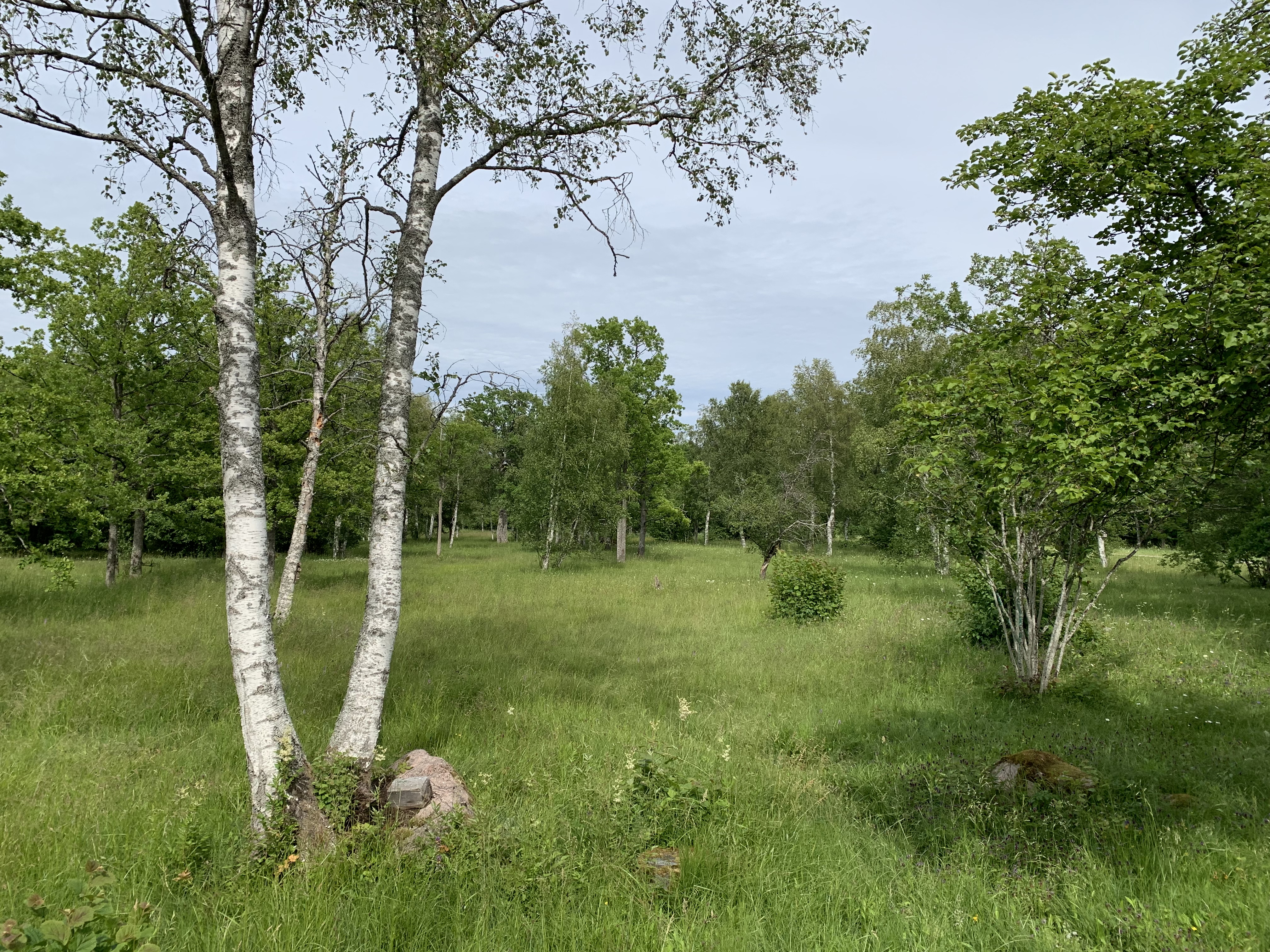
Heritage communities with species-rich vegetation, where open meadow areas alternate with small tree and shrub patches. The diverse light and humidity conditions created in this way allow both meadow and forest plants to grow here side by side. Trees are often represented by broadleaf species (oak, ash, linden, maple), and there are many rare and endangered meadow species, including orchids, in the grass layer. Estonian wooded meadows are very rich in species: more than 70 species of vascular plants can be found on one square metre (as many as 76 species have been counted on the Laelatu wooded meadow). The fauna (insects, birds, etc.) is also very rich in species.
Wooded meadows have formed due to the combined effect of the partial cutting of shrubs and trees, mowing, and grazing. If the grass layer has been maintained for a long time mostly due to grazing, it is a wooded pasture (9070). The main threat to wooded meadows is the invasion of shrubs and forests in the event of a cessation of normal economic activity: the appearance and vegetation cover of wooded meadows can only be maintained if they are mowed regularly.
We have wooded meadows in areas with different natural conditions; they differ from other plant communities primarily in the way they are used, which in turn shapes their general look and conditions. Most wooded meadows have been preserved and also restored in the last decade on the western islands, and in Lääne County and Pärnu County.
Includes the following habitat type groups according to Paal: 211 (alvar grasslands), 213 (boreal grasslands), 214 (boreo-nemoral grasslands), and 241 (paludified grasslands).